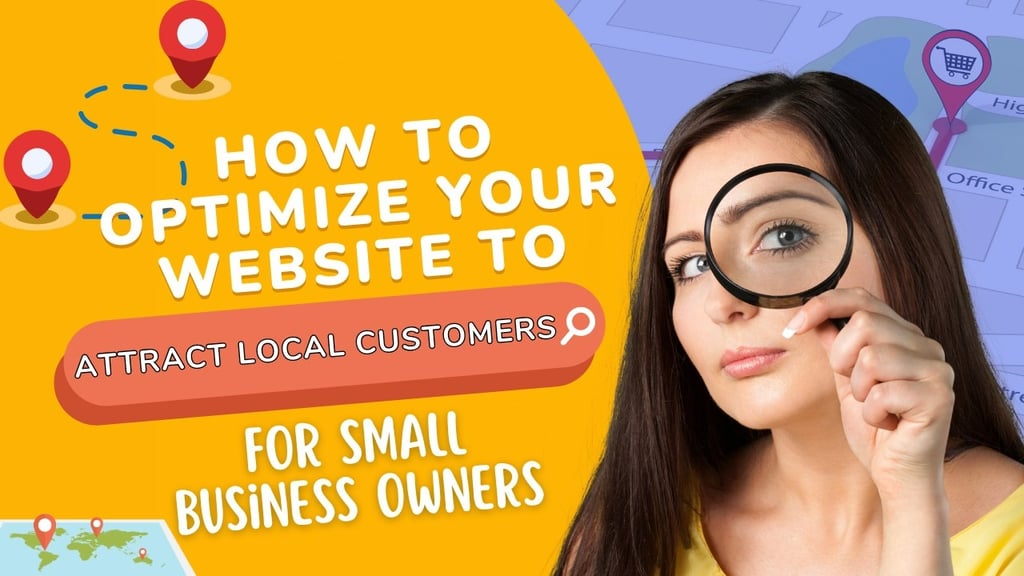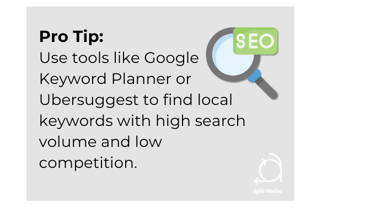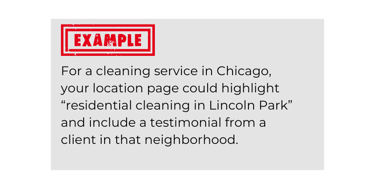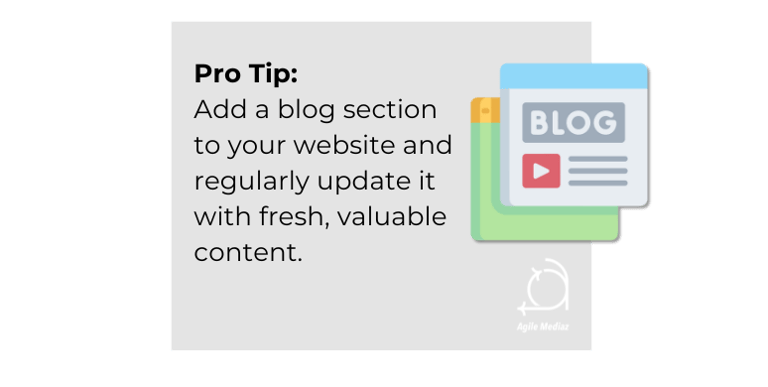How to Optimize Your Website to Attract Local Customers
A step-by-step guide to mastering local SEO, helping small businesses attract nearby customers, boost visibility, and grow their presence in competitive local markets.
SMALL BUSINESSLOCAL SEOCUSTOMER ACQUISITIONSEARCH ENGINE OPTIMIZATION (SEO)
Agile Mediaz
1/25/20254 min read


For small businesses and entrepreneurs, competing in the digital space can feel daunting—especially when larger companies dominate the search engine results pages (SERPs). But if your target audience is local, you have an edge: local SEO. Local search optimization allows you to connect with nearby customers searching for your products or services.
This guide will show you how to optimize your website and online presence to rank locally, attract customers, and grow your business.
What Is Local SEO, and Why Does It Matter?
Local SEO focuses on improving your online visibility for location-specific searches. For example, if someone searches for “coffee shop near me” or “best plumber in Dallas,” businesses optimized for local SEO are more likely to show up in the results.
Why Local SEO is Important:
Increased Visibility: Your business will appear on Google Maps and in local search results.
Higher Conversion Rates: Local searches often lead to immediate action. Studies show that 76% of people who search for something nearby visit a business within a day.
Cost-Effective Marketing: Unlike paid ads, organic local SEO strategies can drive consistent traffic over time.
Step 1: Claim and Optimize Your Google My Business (GMB) Profile
Google My Business (GMB) is a free tool that boosts your visibility in local search results and Google Maps.
Why Local SEO is Important:
Claim Your Profile: Visit Google My Business to claim and verify your listing.
Provide Accurate Details: Include your business name, address, phone number, website, and business hours.
Add High-Quality Photos: Upload pictures of your storefront, products, or services to attract attention.
Write a Compelling Description: Use local keywords to describe your business. For example, “Family-owned pizza restaurant in downtown Austin.”
Encourage Reviews: Ask satisfied customers to leave reviews on Google. Respond to reviews to show you value feedback.
Step 2: Use Local Keywords on Your Website
Content marketing is a great way to attract local traffic and establish authority in your community.
Where to Include Local Keywords:
Page Titles and Meta Descriptions: For example, “Affordable Auto Repair in Miami.”
Headings: Use headings like “Why We’re the Best Bakery in Chicago.”
Content: Write blog posts about local events, industry tips, or neighborhood guides.
Image Alt Text: Describe your images with local keywords, like “Seattle landscaping services.”
Step 3: Ensure Consistent NAP Information
NAP stands for Name, Address, and Phone Number. Consistency across all online platforms signals to search engines that your business is legitimate and trustworthy.








Step 4: Create Location-Specific Pages
Online reviews play a significant role in local SEO. They improve your reputation and help your business rank higher in search results.
Tips for Location Pages:
Include specific details about the services you offer in that location.
Mention local landmarks, events, or neighborhoods to make the content relatable.
Add testimonials or case studies from customers in that area.


Step 5: Optimize for Mobile User
Most local searches are done on mobile devices. A mobile-friendly website ensures users can easily navigate and find the information they need.
How to Optimize for Mobile:
Use a responsive design that adjusts to different screen sizes.
Ensure your site loads quickly (ideally in under 3 seconds).
Make your contact details clickable, such as “Call Now” buttons.
Step 6: Build Local Backlinks
Backlinks from local websites help search engines recognize your business as a trusted resource in your area.
How to Get Local Backlinks:
Partner with local businesses for cross-promotions or collaborations.
Sponsor local events or charities and request a link back to your website.
Write guest posts for local blogs or publications.




Step 7: Encourage Online Reviews
Online reviews play a significant role in local SEO. They improve your reputation and help your business rank higher in search results.
SEO is an ongoing process, so it’s important to monitor your progress and make adjustments as needed.


Step 8: Create Locally Relevant Content
Local SEO is one of the most effective ways for small businesses and micro-enterprises to compete with larger brands. By following these strategies, you can improve your visibility, attract more customers, and grow your business in your community.


Step 9: Track Your Results
Ideas for Local Content:
Blog about community events or highlight local partnerships.
Create how-to guides or tips related to your industry, using local examples.
Share success stories or testimonials from nearby customers.
Final Thoughts: Small Steps, Big Results
Local SEO is one of the most effective ways for small businesses and micro-enterprises to compete with larger brands. By following these strategies, you can improve your visibility, attract more customers, and grow your business in your community.
How to Get More Reviews:
Politely ask customers to leave a review after a purchase or service.
Send follow-up emails with a direct link to your Google review page.
Respond to every review, whether positive or negative, to show you care about customer feedback.
What to Track:
Website Traffic: Use Google Analytics to see how many visitors you’re getting and where they’re coming from.
Keyword Rankings: Tools like SEMrush or Ahrefs can help you track your rankings for local keywords.
Conversion Rates: Measure how many website visitors take action, like calling your business or filling out a contact form.
Connect
Empowering small businesses through digital marketing solutions.
Explore
Innovate
contact@agilemediaz.net
© 2024. All rights reserved.

